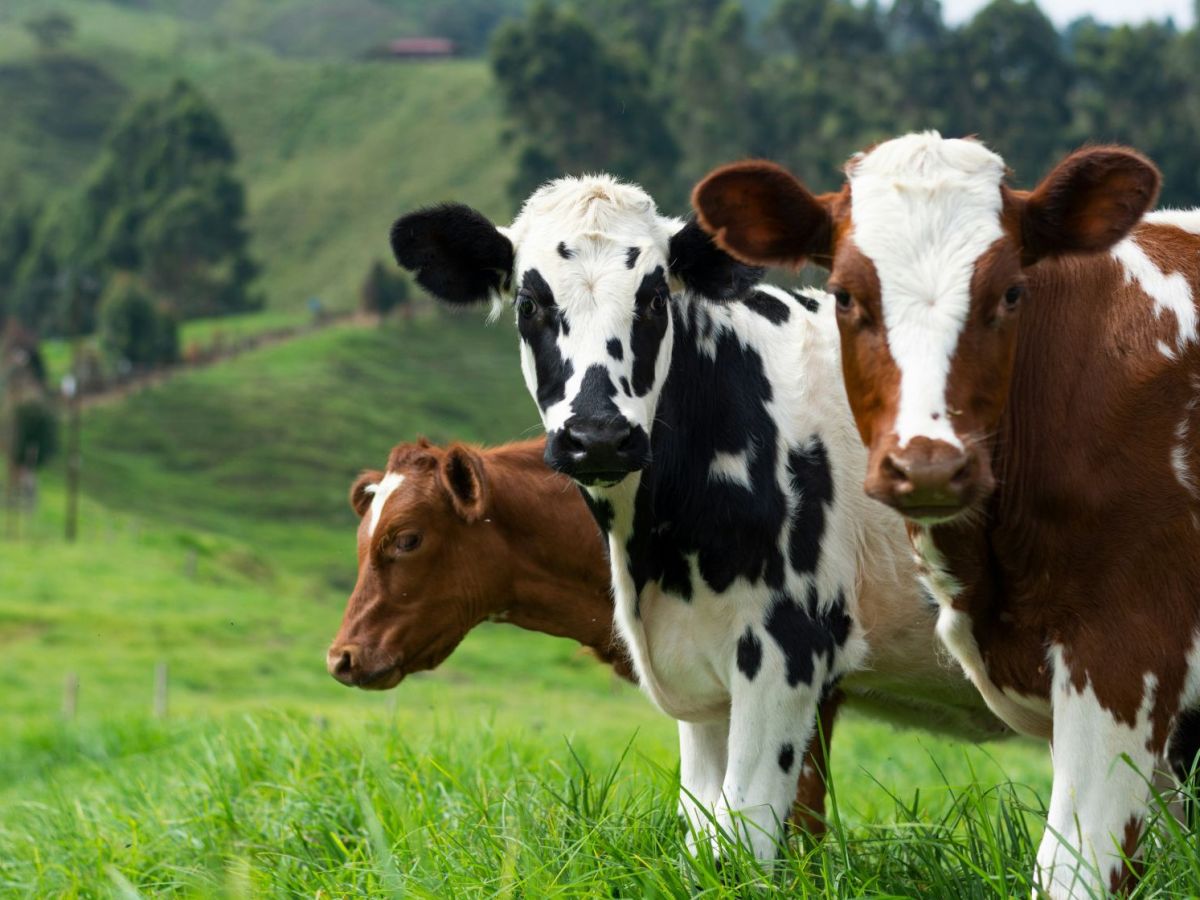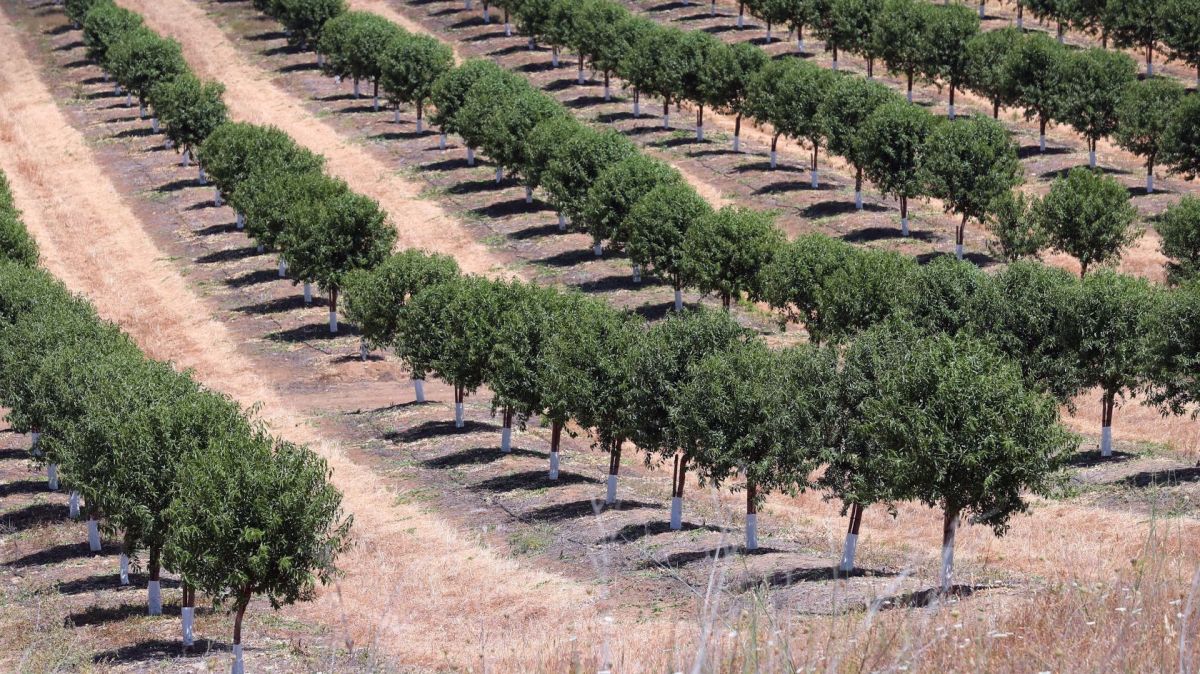The acquisition, backed by the five CDS-PP councillors in power and supported by Socialist member Tiago Fernandes, still awaits approval from the Court of Auditors. The site, covering nearly 17,000 square metres in São Pedro de Castelões, has stood idle since 2001 and is currently owned by Indulac – Indústrias Lácteas S.A.
The council intends to finance the acquisition through a dedicated bank loan, though no immediate funding has been earmarked for renovations or museum content. The property, once a key hub for dairy development between 1906 and 1986, is regarded by the municipality as having “significant historical and cultural value.”
Under the purchase contract, the council has 12 years to complete the museum. If the deadline is not met, Indulac reserves the right to reclaim ownership, returning only the original purchase price. In such a case, the municipality would also commit to changing its urban plan, redesignating the area for housing use.
If realised, the project would encompass not only the museum but also a training centre for secondary and pre-university students and an incubator for businesses focused on innovation and entrepreneurship.
Fernandes defended his support by linking the project to 2030, which will mark 100 years since the first industrially produced Portuguese Edam cheese was made in Vale de Cambra. He stressed the potential for economic revival, urban redevelopment, and even tourism, noting that the Rebelo family had accepted what he described as a “quasi-patronage” sale price below market value.
However, Social Democrat councillor Frederico Martins abstained, warning that the 12-year completion clause places considerable risk on the municipality and should not have been accepted in the current terms.















